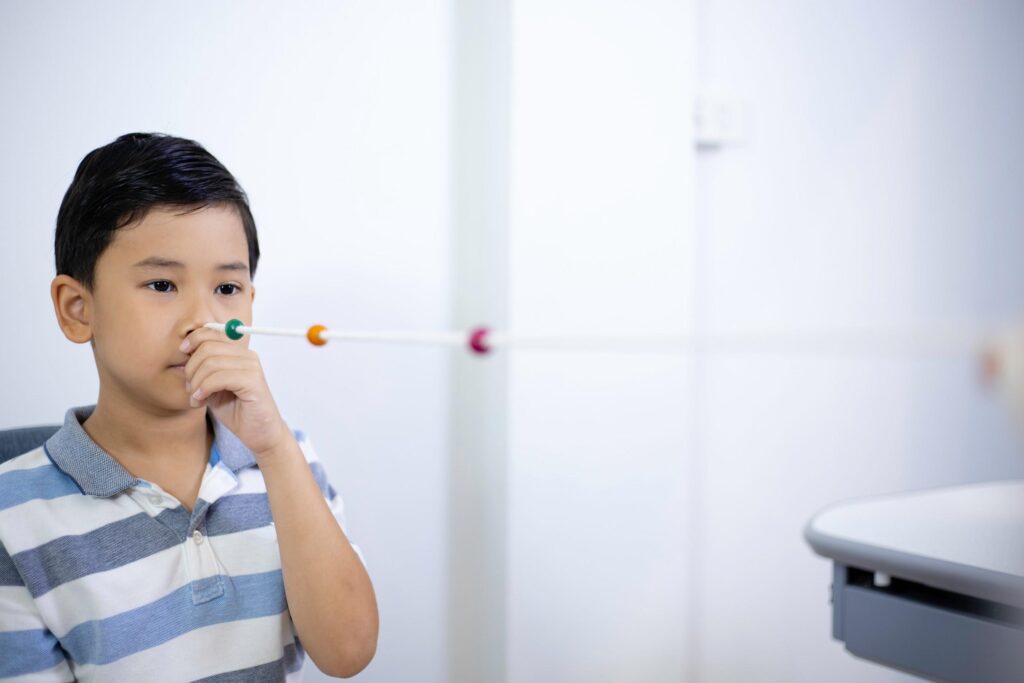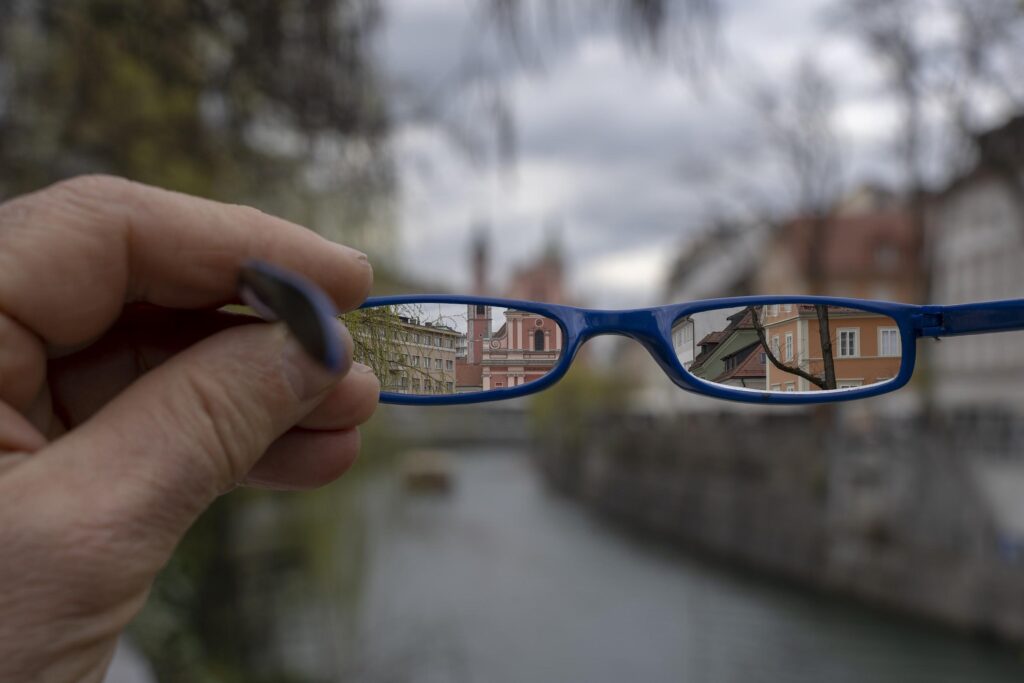Vision Processing
Vision Processing is what allows us to make sense of what we see and use our vision. When we see a car drive by, our eyes transmit the information about the image to our primary visual area of the brain. But in order to know that the image is a car, the information is sent to other parts of the brain that tell us what it is, where it’s moving, and how we may need to act on that information. It’s a complex process!
There are so many areas of the brain involved in vision processing, and as a result there are many different ways that the vision information can get ‘hung up’ or not utilized properly. The testing that we do on vision processing will give our doctors insight into what types of vision processing skills can be improved through vision therapy or other optometric interventions.
Vision is processed everywhere in the brain! Visual processing interconnects with other senses, including auditory, vestibular, and motor.

Visual Perceptual Skills - these skills develop when visual processing areas of the brain interconnect.
- Visual Discrimination - identifying small details and differences between like objects
- Visual Spatial - understanding how things are oriented in space, important for identifying letter reversals, maps, and directions
- Figure Ground - finding something you are looking for in a busy environment
- Visual Memory - visualization, visual learning, and remembering what was seen
- Laterality and Directionality - right and left awareness on self, others, and in relation to objects
- Visual Motor - drawing, writing, and eye-hand coordination
Peripheral Vision and Motion
Our central vision is tested when we read the ‘eye chart’, and as a result the 20/20 vision test is only testing 5% of our vision! The rest of our vision is peripheral vision, which is critical for balance, eye tracking, spatial awareness, and visual motor coordination. When we are walking through a crowd or driving, we are using our peripheral vision to judge where we are in space. Poor peripheral vision processing can cause a variety of symptoms, including difficulty driving, clumsiness, balance problems, dizziness, reading problems, headaches, and sensitivity to motion.








